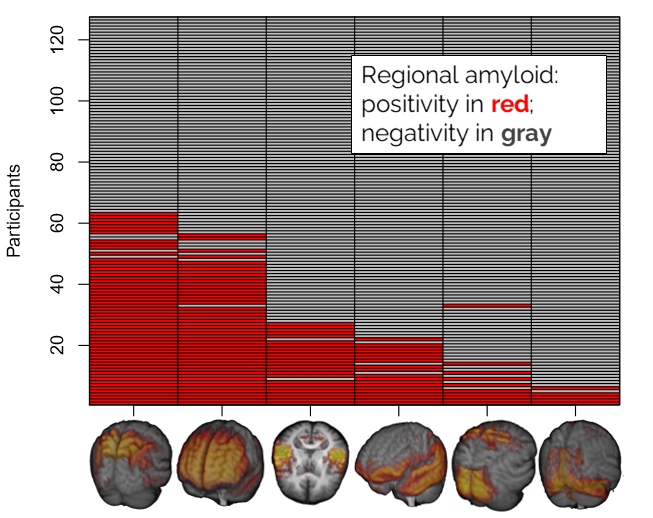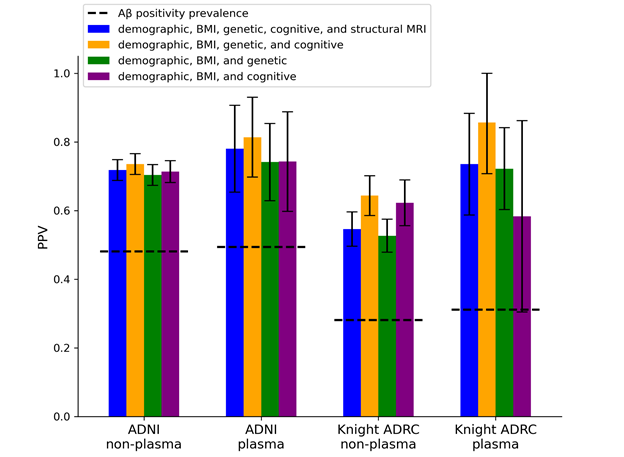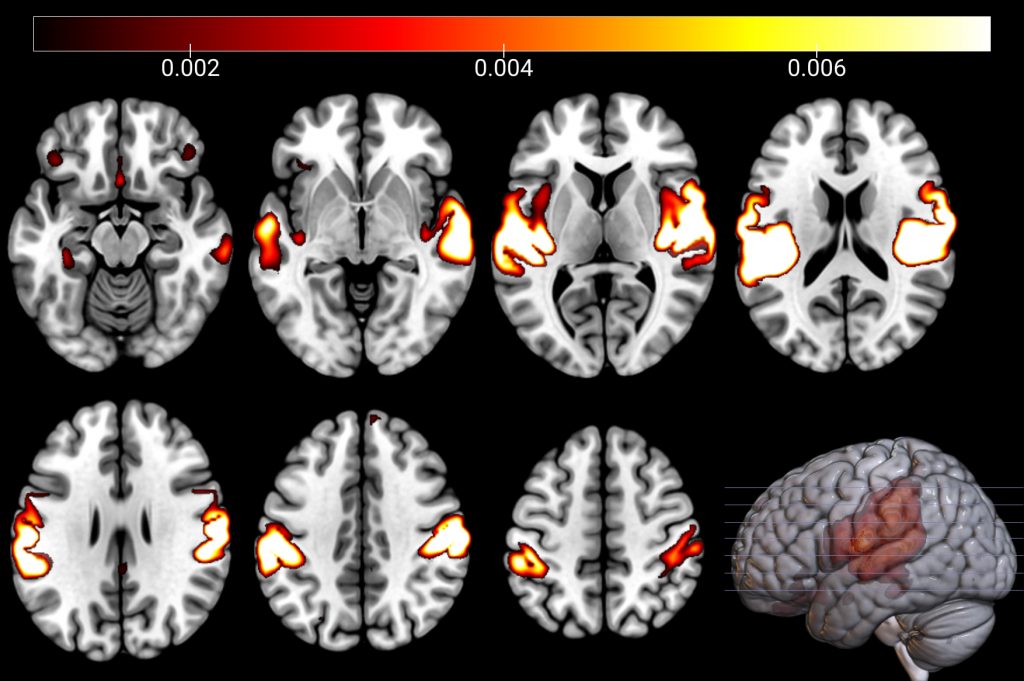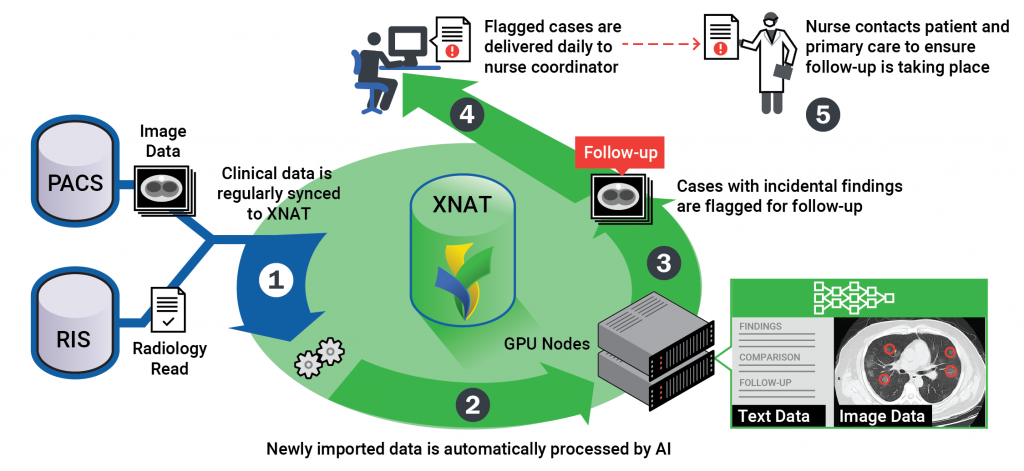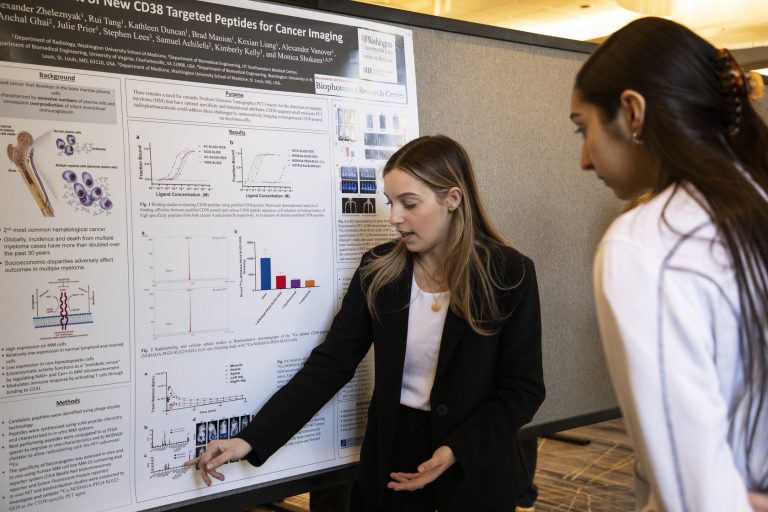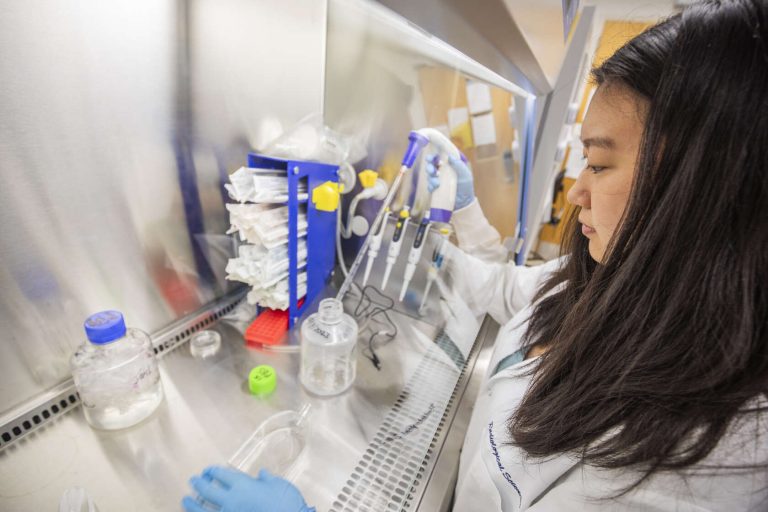MINDS Lab
Projects
Advanced Machine Learning Algorithms to Quantify the Heterogeneity in Alzheimer’s Disease
Goal
The project aims to develop machine learning algorithms to analyze multi-modal neuroimaging data with the goals of better understanding healthy aging and dissecting Alzheimer’s disease heterogeneity.
Detecting and Characterizing Preclinical AD Using AI and Structural MRI
Goal
The aim of this project is to develop deep learning techniques to identify individuals at early stages of Alzheimer’s disease and predict their future cognitive performance.
Structure-Function Interactions in Brain Correlates of Late Life Depression
Goal
The goal of this project is to use machine learning models to investigate structural and functional brain correlates of late life depression.
Closing the Loop on Unexpected Imaging Findings
Goal
By augmenting the process with artificial intelligence, this project aims to build deep learning techniques that will identify whether a recommendation for a follow-up exam has been made based on incidental imaging findings.
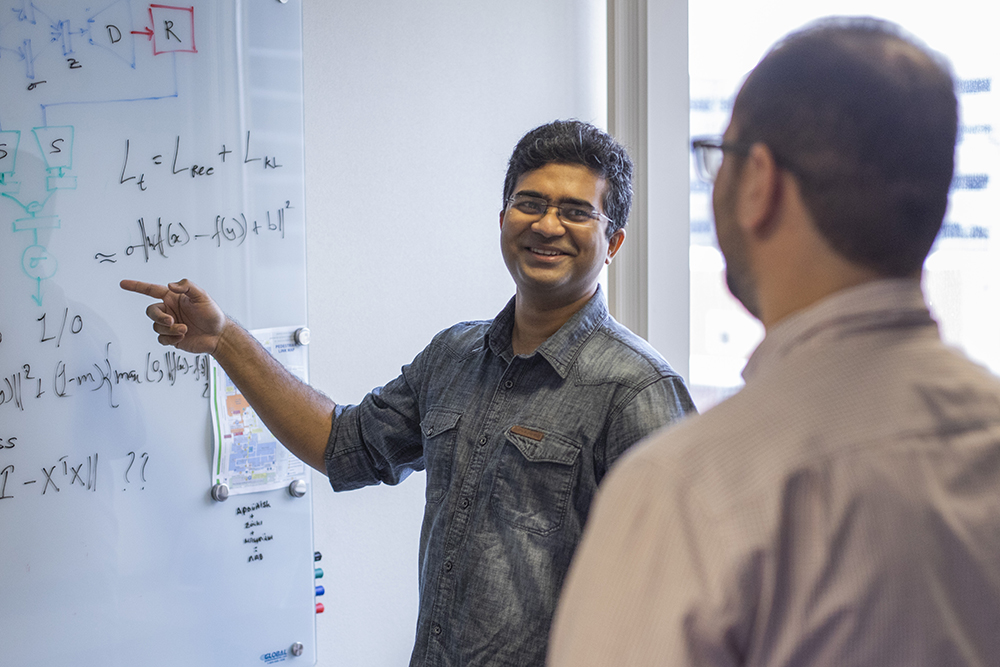
Our People
The lab, led by Aristeidis Sotiras, PhD, is powered by a team of researchers developing unique computer algorithms and machine learning techniques to better understand brain development, brain aging, and brain tumor segmentation.

